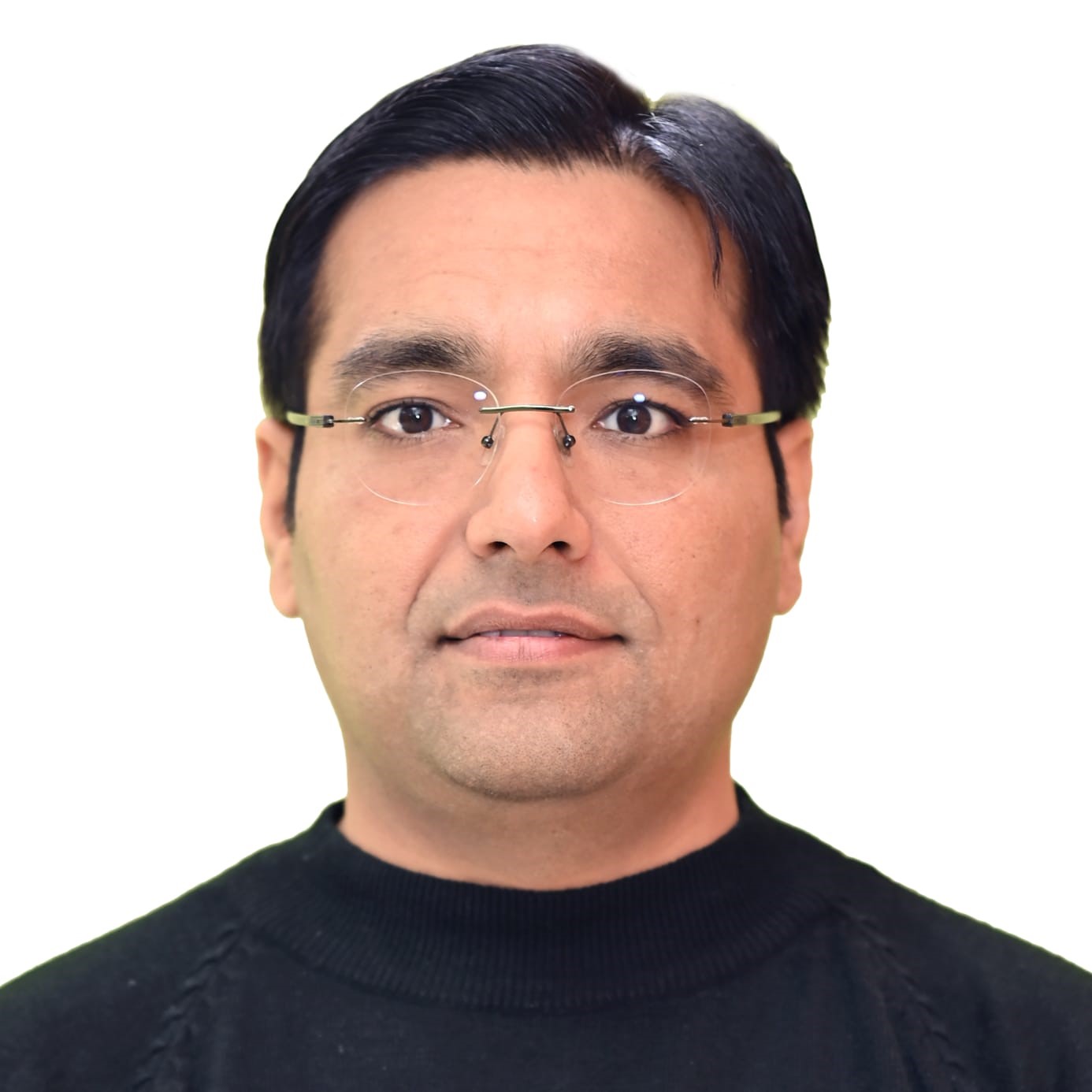Department of Mechanical and Industrial Engineering, IIT Roorkee
+91-1332-284909
Download the CV
The focus of my research is to study the fatigue damage mechanisms and strengthening mechanisms in additively manufactured Al-Si alloys.
Download the CVI am working on to develop an intergrated and automated system for algorithmic designing and engineering drawings.
Download the CVI am investigating the creep and fatigue damage behavior of additively manufactured Ti-6Al-4V alloys at room and high temperatures.
Download the CVI am investigating the role of ceramic particles and contituiting phases in the strengthening as well as fatigue damage mechanisms of additively manufactured IN718 alloys. I also recieved the PMRF grant for investigating the properties of thermal barrier coatings in the additively manufactured IN718 alloys.
Download the CVI am investigating the process-structure-property correlation in additively manufactured IN718 alloys using computational framework.
Download the CVI am investigating the fatigue and corrosion fatigue damage mechanisms in friction stir weld joints of AA5086 alloys.
Download the CVI am investigating the processing routes to develop and optimize the properties of Maraging steels.
Download the CVI am investigating the properties and microstructure characterization of hybrid wire arc additively manufactured Steel-Nickel alloys.
Download the CVI am studying the creep-fatigue interaction in Nickel based alloys with specific application to power industries.
Download the CVXFEM modelling to compute the coupled electro mechanical boundary value problem of cracks in 2D piezoelectric structures under static loading.
Download the CV